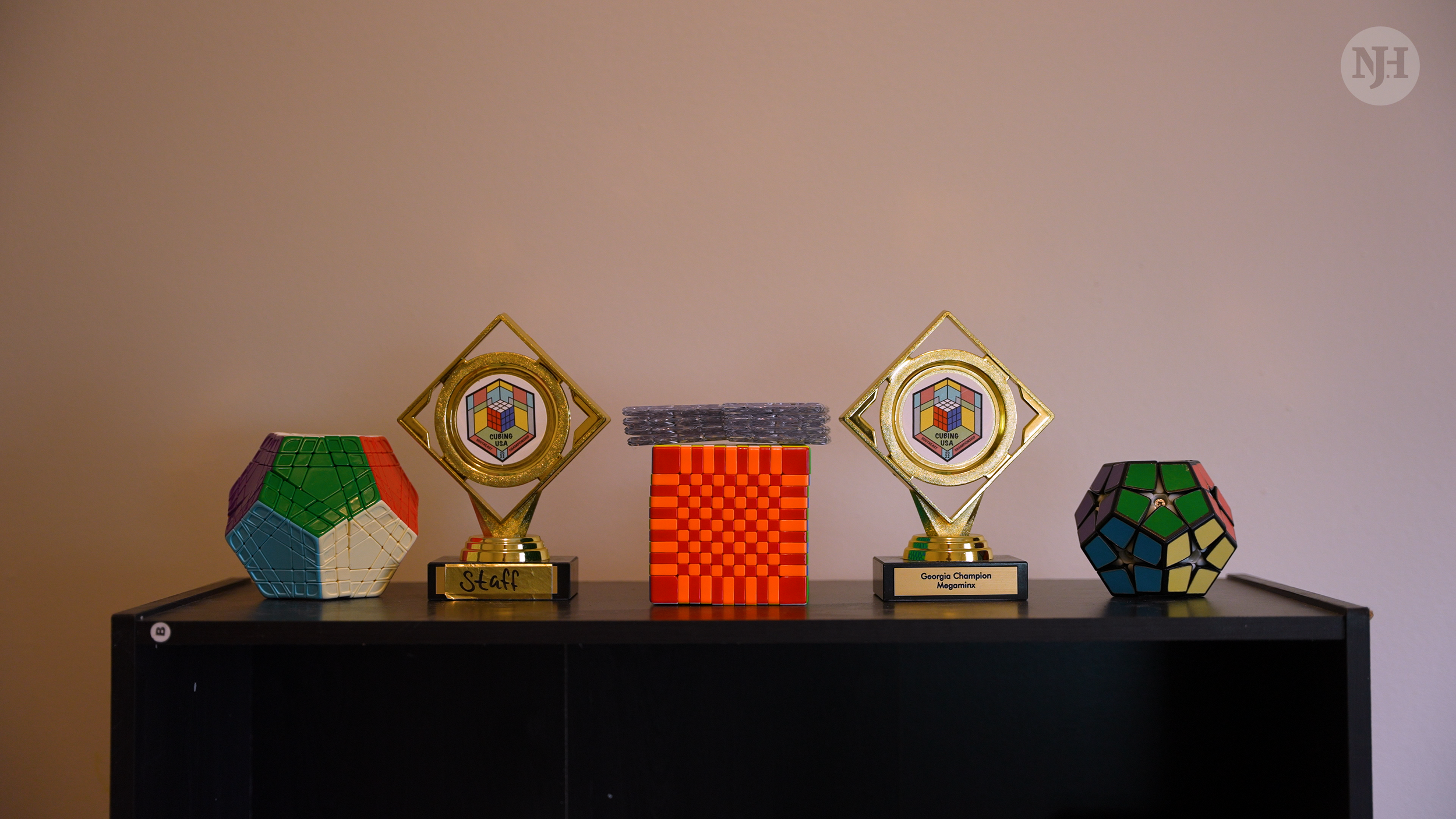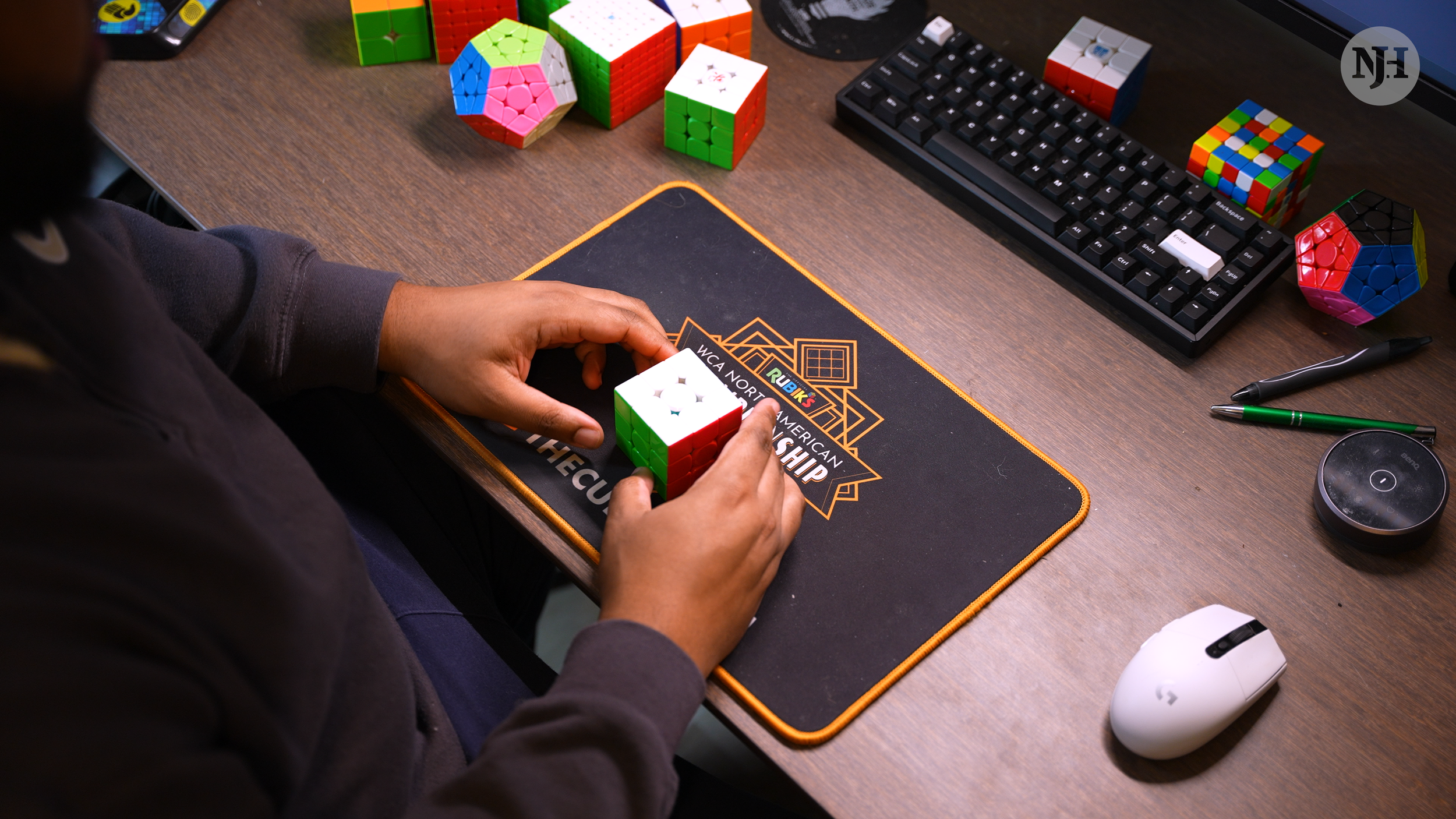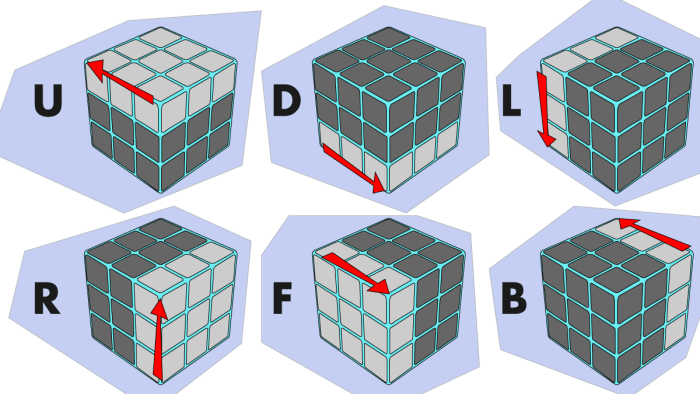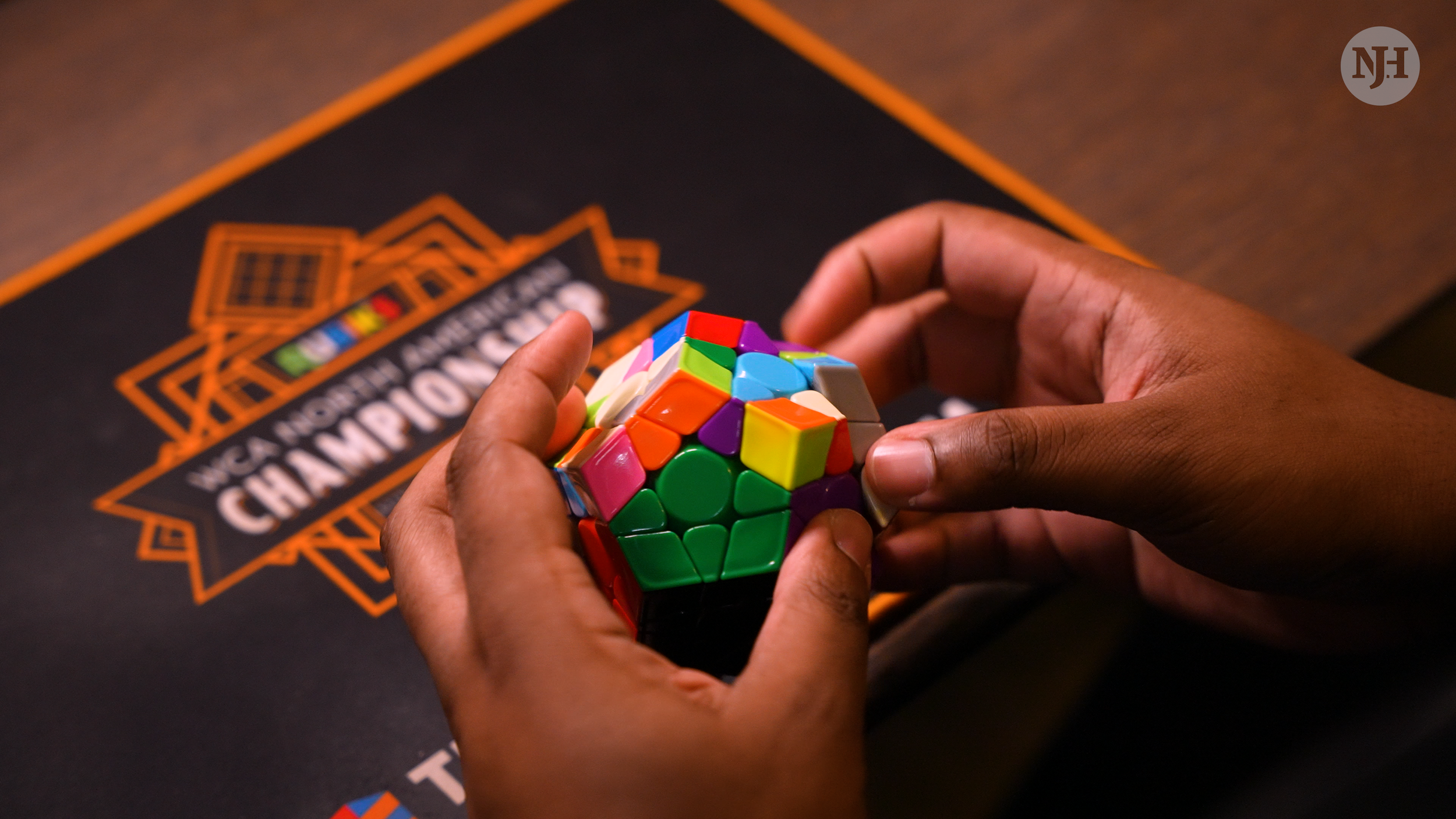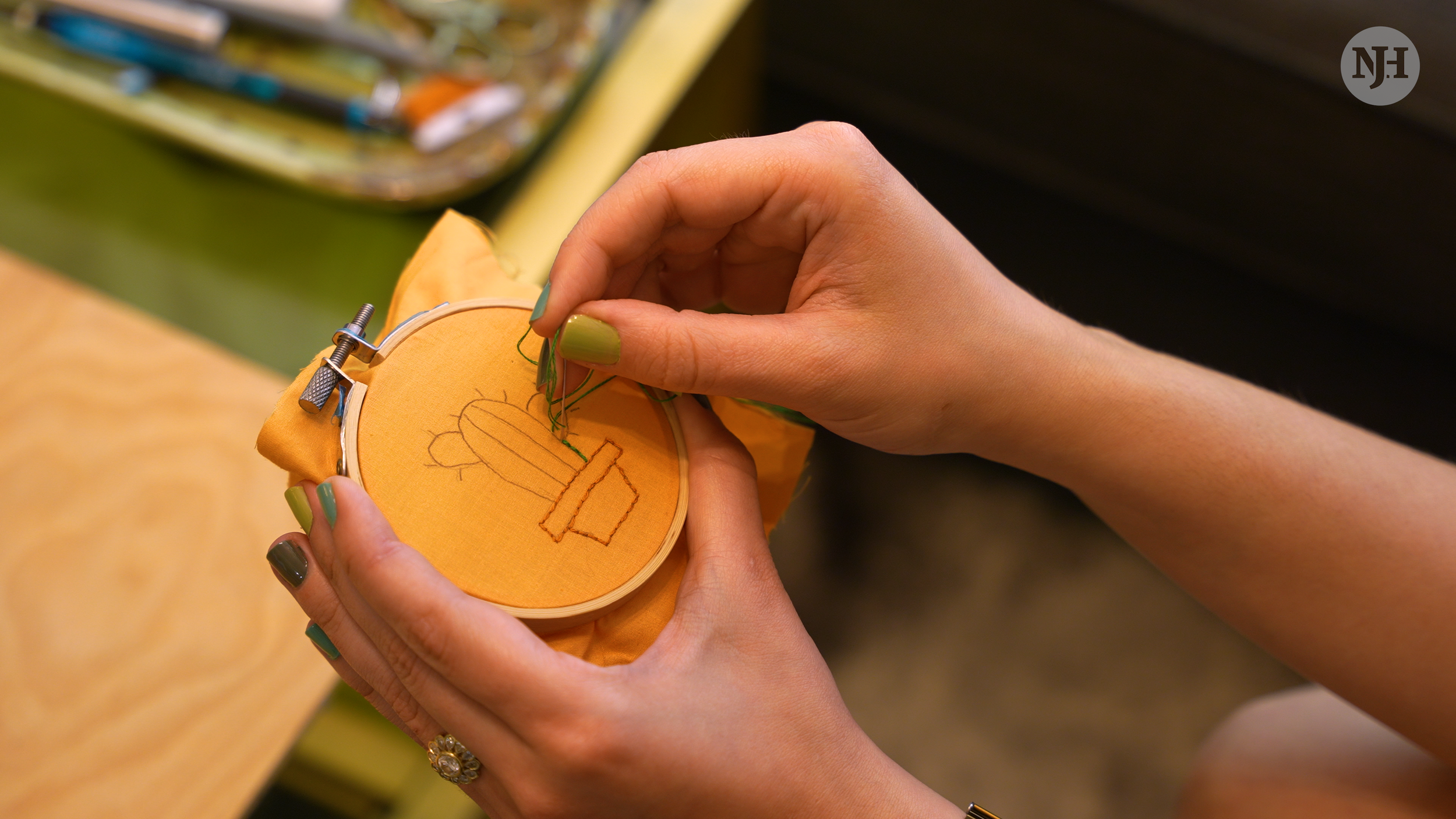Cubing
Many people pick up a Rubik’s Cube, scramble it once, and then set it aside because solving it seems impossible. But if you spend a moment to learn and try, you’ll discover the hobby of solving twisty puzzles is not just possible, it is expansive.
Cubing is not just for kids or math prodigies; it is for anyone who enjoys problem-solving, dexterity, and even community. The cube has moved beyond being a novelty toy, it is now a competitive sport overseen by the World Cube Association (WCA), with thousands of official events held worldwide.
This article is your detailed guide to cubing. From the basics of notation to the thrill of competitions, from choosing your first cube to exploring dozens of puzzle variations.
How to Start with Cubing
Most newcomers start with the 3×3 cube, the classic six-colored puzzle invented by Ernő Rubik in 1974. Although smaller cubes like the 2×2 might seem simpler, the 3×3 teaches you fundamental concepts that apply across the entire cubing universe, including layer solving, edge orientation, and algorithm memorization.
When starting out, you do not need to buy the most expensive cube on the market. A reliable budget-friendly cube, typically costing under $15, is perfectly fine. Many beginners choose options like the Yuxin Little Magic or MoYu RS3M 2020, both of which are affordable yet smooth enough for learning. Stickerless versions are easier to maintain since you will not deal with peeling stickers. You will discover a huge array of cube options but if you’re just starting, any cube works. We cover more about cube variations later on.
Learning to solve takes patience but is not as hard as it looks. Most people can solve their first cube within a few days using beginner-friendly methods. The real challenge, and fun, comes from improving efficiency and speed over time.
Many cubers share a similar story of how they began, with watching a YouTube tutorial or reading a step-by-step guide on the beginner’s method and trying to replicate it with a cube in hand. This method, often called the layer-by-layer (LBL) method, teaches you to solve the cube one section at a time. First you create a cross on one side, then complete that layer, followed by the middle, and finally the last layer using a few simple algorithms.
The key in this stage is not speed, it is simply understanding. Taking your time with each step ensures that you are not just blindly copying moves but actually learning how pieces move around the puzzle. Some beginners will spend 2-3 hours solving their cube at first, and that is completely normal. Progress often comes from slow, deliberate practice rather than rushing to finish.
Once you have solved the cube for the first time, the best thing you can do is repeat the process again and again. Repetition builds confidence and muscle memory. After a few days of practice, the steps start to feel natural, and you will notice that your hands remember turns before your brain consciously recalls them. Many cubers describe the satisfaction of going from their first clumsy 15-minute solve to being able to finish in just 2–3 minutes consistently.
At this point, you will likely start recognizing common patterns and developing little shortcuts. The beginner’s method is not just about solving, it lays the foundation for more advanced methods like CFOP or Roux. Think of it as learning to walk before you run. Once you are comfortable with LBL, you will have the tools and confidence to explore faster and more efficient solving techniques.
Additional Resources to Start
Thanks to the internet, anyone can learn cubing at home. Popular resources include:
YouTube tutorials: Channels like J Perm and CubeSkills offer both beginner and advanced guides.
Cubeskills.com: Created by world champion Feliks Zemdegs, this site provides structured lessons for all levels.
Apps like the GoCube App: Interactive cube-solving apps walk you through algorithms step by step.
Online coaching: Services like Cubelelo’s CubeXprt pair learners with experienced cubers for one-on-one sessions.
If you prefer in-person learning, many cubing competitions and clubs hold workshops where seasoned cubers teach newcomers. The community is famously welcoming, so do not hesitate to ask for help.
Choosing a Cubing Method
Once you have mastered the beginner’s method, it is time to explore faster solving strategies. There is no single “right” method, as cubers choose based on their style and goals.
CFOP (Fridrich Method): The most widely used system, focusing on Cross, First Two Layers, Orientation, and Permutation. It requires learning dozens of algorithms but rewards you with speed and consistency.
Roux: A block-building method emphasizing efficiency, with fewer moves than CFOP. Many advanced cubers enjoy its intuitive approach.
ZZ: Solves edge orientation early, creating smooth, rotation-free solves later. It is less common but admired for its elegance.
Petrus: A block-first strategy known for its low move count, though it is less popular for speedcubing today.
For beginners, CFOP is often the best starting point because of the abundance of tutorials and community support. Over time, you might experiment with different methods to see what suits you best.
Understanding Cube Notation
If cubing had a secret code, notation would be it. Notation is the standardized way of describing cube turns, and once you learn it, algorithms become readable and repeatable.
R: Turn the right face clockwise.
R’: Turn the right face counterclockwise.
R2: Turn the right face 180 degrees.
The same applies to L, U, D, F, B for left, up, down, front, and back.
From HobbyLark
Advanced notation adds slice moves (M, E, S), wide turns (Rw, Uw), and even whole-cube rotations (x, y, z). For example, a common algorithm, the T-permutation, looks like this:
R U R’ U’ R’ F R2 U’ R’ U’ R U R’ F’
At first it looks intimidating, but after practicing, your fingers will remember the movements automatically. Algorithms become muscle memory, much like learning chords on a guitar.
Understanding notation is also crucial when exploring larger cubes and shape-shifting puzzles, where more layers and rotations come into play. It’s also a segway into trying other people’s scrambles such as what a world record time received.
Where to Buy Cubes
Not all cubes are created equal. The Rubik’s brand cube found in toy aisles is notorious for being stiff and difficult to turn, making it frustrating for beginners. Speedcubes, by contrast, are designed for smooth turning, corner cutting (recovering from imperfect turns), and overall faster performance.
A few trusted cube retailers around the world include:
TheCubicle (USA) – Popular with competitive cubers, wide range of budget and premium cubes.
Cubelelo (India) – Offers excellent beginner bundles and even one-on-one cubing classes.
SpeedCubeShop (USA) – Known for custom setups and accessories.
DailyPuzzles (Australia) – Great option for affordable shipping in Oceania.
A solid beginner cubing setup might include:
Yuxin Little Magic 3×3 (about $6): A budget-friendly starter cube that is surprisingly smooth.
MoYu RS3M 2020 (magnetic, about $10–12): A favorite among beginners and even advanced cubers for its stable, controllable feel.
Lubricant (about $5–10): Extends the cube’s life and helps fine-tune performance.
Over time, many cubers expand into 2×2s, 4×4s, and more exotic puzzles like Pyraminx or Megaminx. Some people build huge collections with dozens of cubes, while others stick with a handful of favorites. As above, we recommend grabbing a cube that is accessible to you when you’re starting out and seeing if cubing is for you. These variations of cubes enhances your experience but doesn’t change the fundamental process of cubing.
Cubing Competitions and the WCA
Cubing competitions are organized by the World Cube Association (WCA), which standardizes rules, scrambles, and events worldwide. Since 2004, the WCA has overseen tens of thousands of competitions across six continents. Take a peek into how a local cubing competition works in this video featuring Alabama Crimson Cubing.
Here’s how competitions typically work:
Registration: Sign up on the WCA website, pick your events, and pay a fee (often $10–$30).
Events: Options include 3×3, 2×2, 4×4–7×7, pyraminx, megaminx, skewb, square-1, and blindfolded solving.
Scrambling and Judging: Cubes are scrambled by officials using computer-generated sequences. Judges ensure fairness and prevent cheating.
Rounds: Each competitor performs five solves per event. Your average time is calculated by dropping your fastest and slowest solves, then averaging the remaining three.
But competitions are not just about records, they are the heart of the cubing community. Getting your first official WCA times is a milestone moment for many cubers. Even if your solves aren’t as fast as your home times, having them officially recorded feels like you have joined the global conversation of cubing. These times become a personal benchmark, motivating you to keep practicing and improving.
Just as important is the social side. At competitions, you will meet other cubers of all levels, from world-class speedsolvers to people still new to the hobby. Many attendees trade tips on algorithms, share practice techniques, or even swap cubes to try out different hardware. Testing another solver’s cube can give you ideas about upgrades, lubes, and settings to improve your own solving experience. Everyone in attendance is pursuing their joy of cubing and you’ll find it’s an easy way to connect with others. Just ask them about their cube!
Competitions also provide a sense of belonging that is hard to replicate online. Whether you are cheering for friends, learning from experienced cubers, or nervously sitting down for your first solve, the atmosphere is welcoming and supportive. Many cubers say that attending their first competition was the moment they truly fell in love with the hobby, not because of their results, but because of the people and the community they discovered.
More Than Just 3×3: Puzzle Variety
The 3×3 may be the star, but cubing offers endless variety. Some of the most popular puzzles include:
2×2: Simple yet deceptively tricky, focusing only on corners.
4×4 to 7×7: Larger cubes with added complexity, requiring techniques like edge pairing.
Pyraminx: A tetrahedron-shaped puzzle with fast, intuitive solutions.
Megaminx: A 12-sided dodecahedron, solved similarly to a 3×3 but with extra layers.
Skewb: Turns around its corners instead of faces, offering unique challenges.
Square-1: A shape-shifting puzzle that changes form as it’s scrambled.
Mirror Cube: Same mechanics as a 3×3, but solved by shape instead of color.
+ many unique cubes made by puzzle makers.
Exploring new puzzles helps keep cubing fresh. Many cubers rotate between events and often have their favorite event change over time.
Progressing in Cubing
Cubing is as much about the journey as the destination. The goal is simple: to solve the cube. How quickly you do it can come later. For beginners, just completing a solve is an exciting achievement, and each completed solve builds confidence and familiarity with the puzzle. Timing yourself is optional and can be introduced once you feel comfortable and want to challenge yourself further andpeedcubing is ultimately a race against yourself.
The fun comes from gradually improving your efficiency and developing your own style, whether that means learning finger tricks, experimenting with algorithms, or discovering shortcuts that make solving smoother. There is no single “correct” way to solve a cube as multiple methods exist, such as CFOP, Roux, ZZ, and beginner layer-by-layer. This means you can find an approach that fits your thinking style, and even combine techniques to make solving a growing process.
Cube Maintenance and Customization
Once you have solved your cube dozens (or hundreds) of times, you will notice it does not turn as smoothly as when it was new. Proper cube maintenance keeps your puzzle in top shape. Beginners can start by learning how to disassemble and reassemble their cube, which helps with cleaning out dust and grit.
Cleaning: Beginners should learn how to carefully disassemble and reassemble their cube. This lets you wipe away dust and grime with a cloth or tissue. A clean cube not only feels smoother but also lasts longer.
Lubrication: Lube is one of the easiest ways to change how a cube feels. Light lubes like DNM-37 make cubes faster, while heavier lubes like Silk or Cosmos provide a buttery, controllable feel. Experimenting with different lubes helps you find your personal preference. Popular lubes from shops like TheCubicle.com (e.g., DNM-37 or Silk) and SpeedCubeShop.com (Cosmos or Stardust) can drastically change how a cube feels.
Magnets: Many modern cubes include magnets between pieces that “snap” layers into alignment. This gives more stability during fast turns. Some cubes even allow magnet strength adjustment.
Tensioning and elasticity: By tightening or loosening the screws under the center caps, you can make a cube feel more controllable (tight) or freer and faster (loose). Premium cubes often have extra settings that let you fine-tune elasticity for maximum comfort.
Customization may sound advanced, but it is part of the fun. Even small tweaks can make a cube feel brand new. Many cubers see this as a creative side of the hobby, turning the puzzle itself into a personalized tool.
Discover more hobbies.
Discover more of Jared’s Cubing on Instagram @jstince28.

